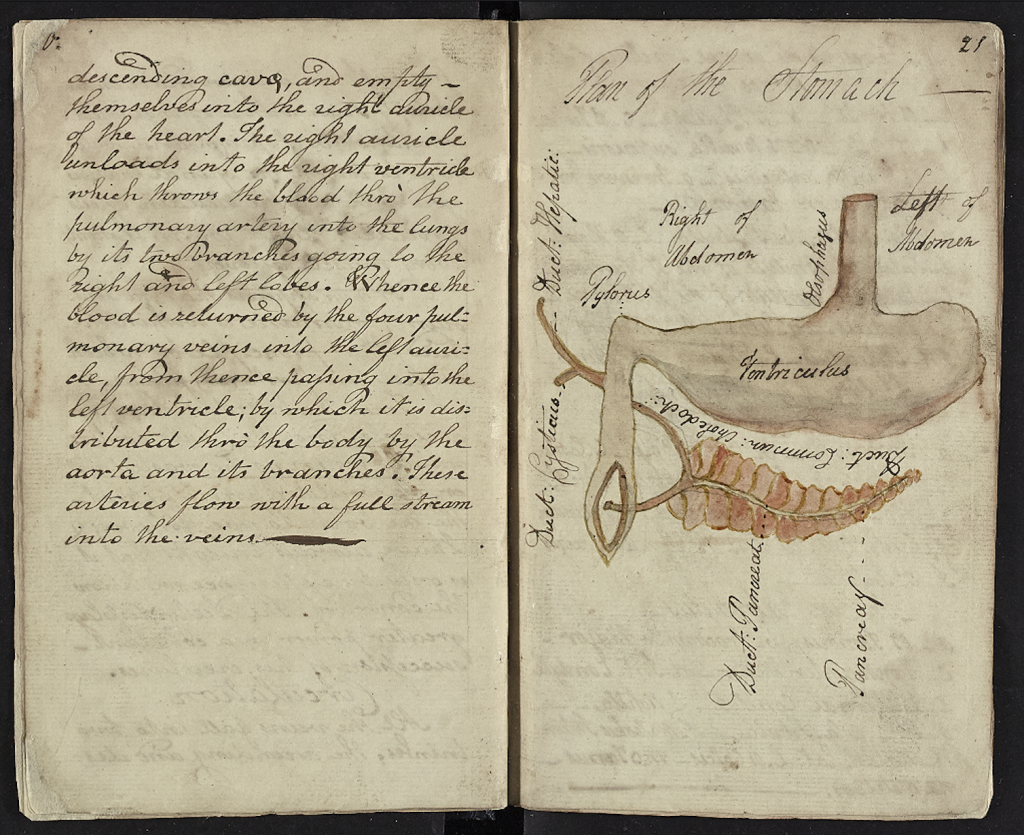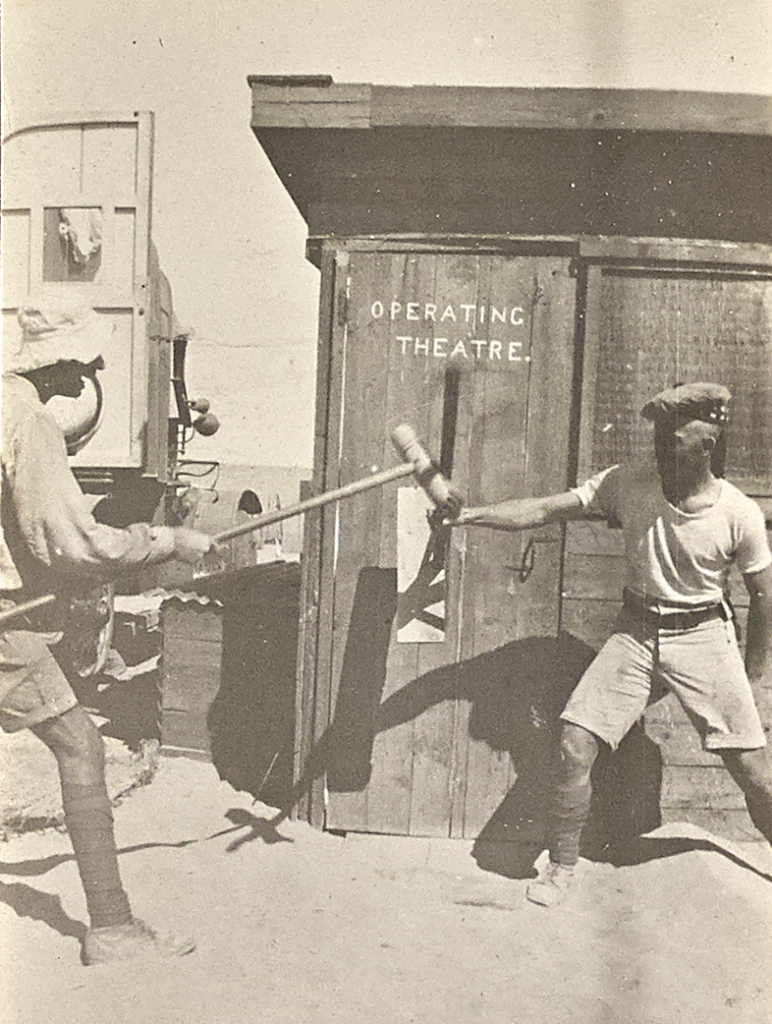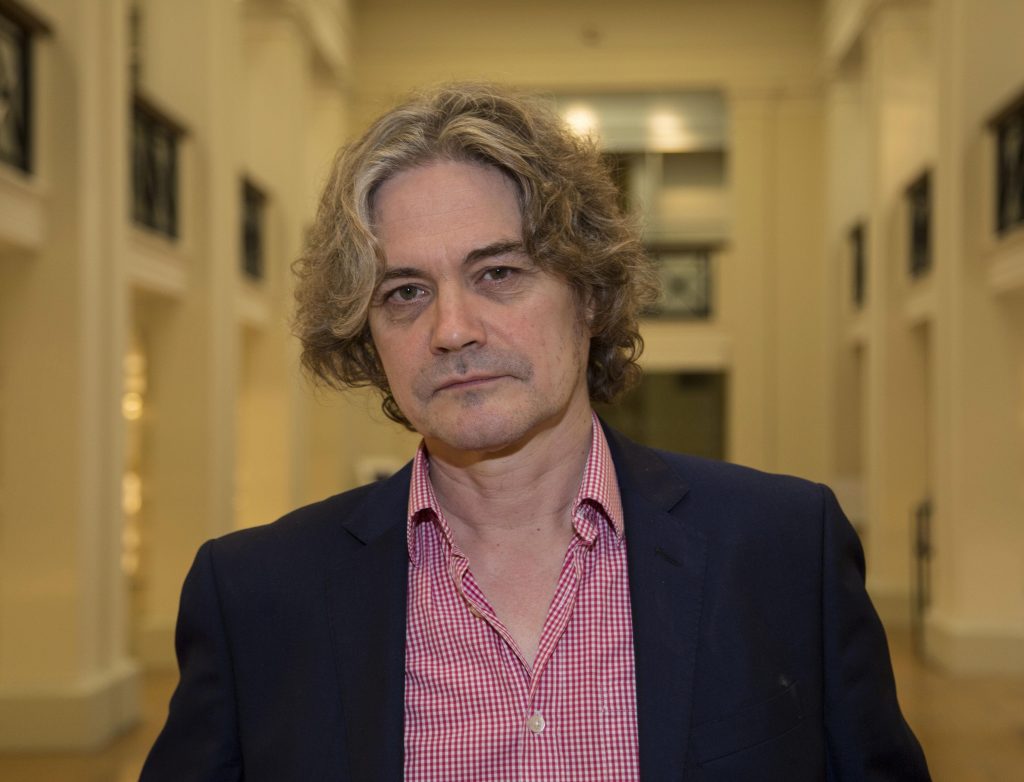Users of a new medical database will be able to delve into the true stories of grave robbers, and have access to rare photograph collections.

The website launched by The Royal College of Surgeons of Edinburgh (RCSEd) features a database with some of the most well-known surgeons, such as Elsie Inglis, Dr Robert Knox, Joseph Lister and James Young Simpson.
The new website includes historic notebooks available in full, including the memoirs of Thomas Hume, which offer a rare account of an Edinburgh student who was close friends with the assistants of the notorious anatomist Dr Robert Knox.
Hume attended the execution and dissection of notorious serial killer William Burke in January 1829 and protected Knox from the baying mob outside his dissections rooms after the Burke and Hare murders were uncovered.

There are photographic collections from the Scottish Women’s Hospitals set up by Elsie Inglis and of an Edinburgh surgeons’ tour of European hospitals featuring some of the most prolific scientists and surgeons of the time.
It is possible to trace able ancestors who qualified from the college from the 14th century, through to 1918.

Chris Henry, Director of Heritage at RCSEd, said: “This resource enables the visitor to delve into the fascinating world of medical history with all of its macabre and gripping history.
“So whether you’re interested in finding out about your ancestors, squabbling 17th and 18th century medical practitioners, The Scottish Women’s Hospitals for Foreign Service, or even tales of grave robbing, there is something to interest everyone.”
The College Library and Archive team are continuing to add further collections and information to the resource.
The website archiveandlibrary.rcsed.ac.uk provides a catalogue of information that will enable visitors to view documents and archives of the College’s history from their own home.
The Burke and Hare murders were a series of 16 killings committed over a period of about ten months in 1828 in Edinburgh, Scotland. They were undertaken by William Burke and William Hare, who sold the corpses to Robert Knox for dissection at his anatomy lectures.

